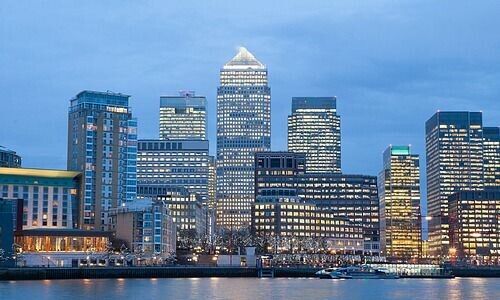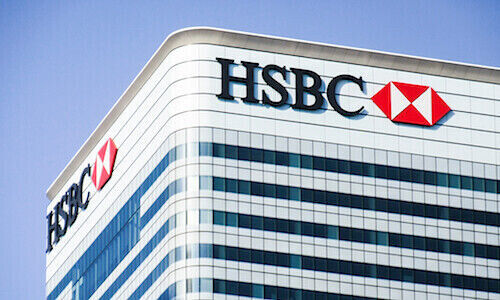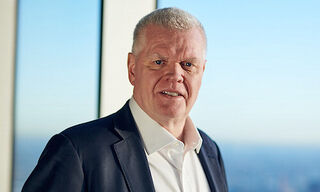UBS and Credit Suisse both have iconic headquarters in London. But whether the new combined bank can still afford the luxury of two expensive locations in the British capital is in doubt.
London's Canary Wharf is a place steeped in history. Where the warehouses of the Docklands once stood and ships from all corners of the Empire unloaded their goods, stood one of the 19th century's hubs of world trade. Epochs were born and ended there.
One of the authors who loved to describe the area of the Old Port of London in detail was Joseph Conrad. In many of his books, this labyrinth of canals, locks, harbor basins, warehouses, bridges, and roads served as the starting point of his stories, whether in the «Heart of Darkness» or «The Mirror of the Sea.»
Decline and Resurrection
The decline of the Docklands lasted for decades. By the 1960s, it was clear that London had no future as a tidal port and the facilities could not keep up with the new terminals on the Thames Estuary. The area turned into a wasteland.
In 1984, Michael von Clemm, head of the Credit Suisse investment bank, visited Docklands on behalf of a client to look for a site for a food processing plant. While there, von Clemm had the idea of using the area for office buildings.
However, a certain scale was necessary for this, and the only way to operate such a project profitably. Plans were drawn up together with Morgan Stanley, but nothing came of them. When the Docklands Light Railway (DLR) was opened in 1987, no station had been built in Canary Wharf because the area was no longer expected to develop.
That changed in 1988, when Olympia and York (O&Y), a Canadian company led by real estate entrepreneur Paul Reichmann, took over the project and began construction and the redevelopment of Canary Wharf and the entire Isle of Dogs. Credit Suisse was involved from the very beginning.
The office tower at One Cabot Square, which opened in 1991, provided what was then Credit Suisse First Boston with an imposing and modern home.
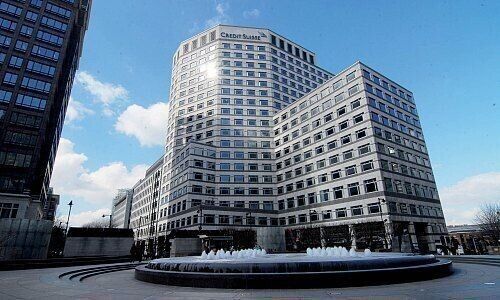
One Cabot Square (Image: Credit Suisse)
HSBC Makes a Start
But tougher times seem to be ahead for Canary Wharf, with one of the harbingers the relocation of HSBC to a much smaller building in the City of London. Once again, something to mark the end of an era. Alongside Barclays and Citi, HSBC's 45-story skyscraper dominates the skyline of the peninsula in the Thames Loop.
The Credit Suisse Tower is not one of the tallest, but its 21 floors and 50,000 square meters offer a lot of space, even for a major bank. The high-rise was completely renovated between 2015 and 2019, housing over 5,000 Credit Suisse employees during more bountiful times.
Landlord as Shareholder
But Credit Suisse is only a tenant in the building with a lease agreement running until 2034. The owner since 2012 has been the Qatar Investment Authority (QIA), which was Credit Suisse's second-largest shareholder after Saudi National Bank (SNB).
UBS took a different approach in London. Here, construction of «Broadgate 5» in the City of London began in 2012 with the move-in completed in 2016. The building is not an office tower in the classic sense, but rather a «ground-scraper» striving for width rather than height. The building with its metal facade is more reminiscent of a gigantic machine and has generous dimensions intended to provide space for up to 6,000 employees on around 65,000 square meters.
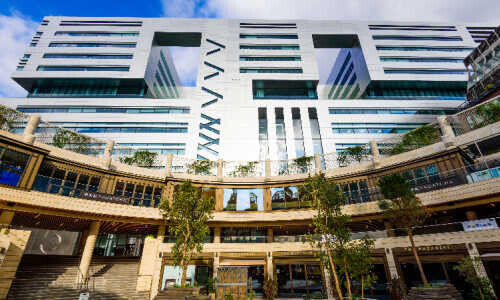
5 Broadgate (Image: Shutterstock)
Accountant as a Tenant
Since the fall of last year, UBS has leased two floors with about 9,800 square feet to accounting firm Grant Thornton. Flexible work models and working from home have caused occupancy by UBS employees to shrink drastically.
Its owner is the National Pension Service of South Korea, which bought the building from Li Ka-shing's CK Asset Holding last tear for 1.21 billion pounds (about $1.5 billion at the time). UBS has a long-term lease running until 2035.
When the top management in Zurich is clear about how the «New UBS» is to be positioned in the UK, the question of location will also end up on the agenda.
Moving the rest of Credit Suisse from Canary Wharf to the heart of the square mile comprising the City of London would be the most obvious solution, leaving a big hole in the district that stands for the boom period of Margaret Thatcher's era like no other. For the time being, both UBS and CS are keeping quiet.

